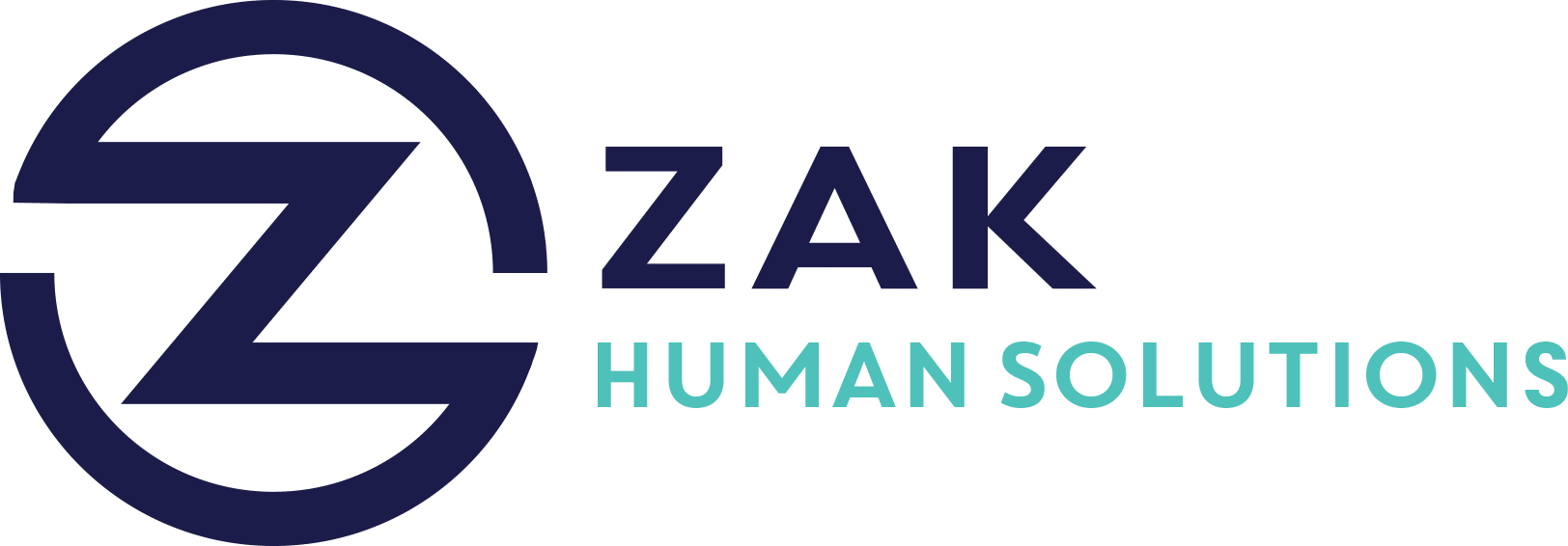In 2025, employers find themselves navigating an evolving landscape characterized by shifting worker expectations, mental health challenges, and a pressing need for diversity and inclusion. As businesses strive to stay competitive, three primary concerns stand out: employee retention, burnout, and Diversity, Equity, and Inclusion (DEI) initiatives. Let’s explore these issues in-depth, examine their underlying causes, and discuss strategies for overcoming them.
Navigating Q4 2025: Prioritizing Employee Retention and Combating Burnout
As we approach the final quarter of 2025, companies are fiercely battling to retain their most valuable resource: employees. With retention and burnout taking center stage in workplace discussions, organizations are urgently seeking innovative solutions to nurture a productive and engaged workforce. The latest trends report sheds light on how diversity and inclusion (D&I) initiatives, alongside career development opportunities, are playing pivotal roles in enhancing organizational culture and reducing turnover.
Workplace Culture That Lasts: Strategies for Long-Term Retention
In the modern employment landscape, organizations are constantly seeking ways to not only attract top talent but also to retain it. From creating a supportive work environment to fostering psychological safety and providing growth opportunities, numerous factors contribute to nurturing a workplace culture where employees want to stay. This blog explores the key components of a retention-focused work environment and offers actionable insights for leaders aiming to create an inspiring workplace culture.
Building Bridges in the Workplace: Combating Loneliness and Enhancing Employee Well-being
Returning to the office has not eliminated feelings of isolation among employees. Workplace loneliness is a pressing issue that affects not just the individuals but the organization as a whole. In this blog post, we delve into the root causes of workplace loneliness, explore the pivotal role of Human Resources (HR), and discuss strategies to build a culture of belonging that enhances both employee well-being and retention.
Breaking Down Unwritten Workplace Rules: Navigating Success Across Generations
In today’s rapidly shifting work environment, the impact of unwritten rules reveals itself as a significant point of tension, especially among Gen Z employees. Understanding and addressing these nuances can not only enhance productivity but also foster a more engaging and supportive workplace culture.
The Leadership Playbook: Boosting Employee Retention From Day One
In today’s competitive business environment, employee retention is more critical than ever. Organizations invest significant resources in attracting top talent, but retaining those valuable team members is where the true challenge lies. Many leaders believe that HR should handle retention, but the reality is that effective retention strategies start with leadership. This blog explores insights and strategies for leaders seeking to foster a workplace environment that retains talent from day one.
Employee Wellness Starts With Listening, Not Perks
In the realm of corporate wellness, it’s tempting for companies to believe that more perks equate to happier, healthier employees. However, recent insights suggest a different narrative—one where active listening, not added benefits, leads the charge in enhancing employee well-being.
Empowering the Workforce: The Critical Role of Upskilling in Employee Retention
In today’s dynamic job market, companies face constant challenges in attracting and retaining top talent. With the traditional hiring process becoming increasingly competitive and costly, many organizations are turning inward, focusing on upskilling as a crucial strategy to retain employees. The intersection of skill development and employee retention has become a focal point for forward-thinking companies. This blog post delves into effective strategies for upskilling, explores how employers can foster career growth, and highlights the importance of personalized training in boosting employee motivation and performance.
The Transformative Power of Workplace Culture on Employee Satisfaction and Organizational Success
In today’s ever-evolving business world, the importance of workplace culture is more pronounced than ever. From driving organizational performance to bolstering employee morale and retention, an organization’s climate plays a pivotal role. A recent systematic review underscores this, revealing significant correlations between organizational culture and job satisfaction across multiple sectors, including education and healthcare.
Embracing Stability: The Implications of “Job Hugging” and “The Great Stay” for Modern Businesses
In recent years, the employment landscape has seen a significant shift. In stark contrast to the phenomenon known as “The Great Resignation,” a new trend called “job hugging” has taken center stage. Employees are now choosing stability over the uncertainty of job switching, marking a period dubbed “The Great Stay.” This blog post explores the implications of these trends for businesses, offering insights into how leaders can navigate this new employment paradigm.










